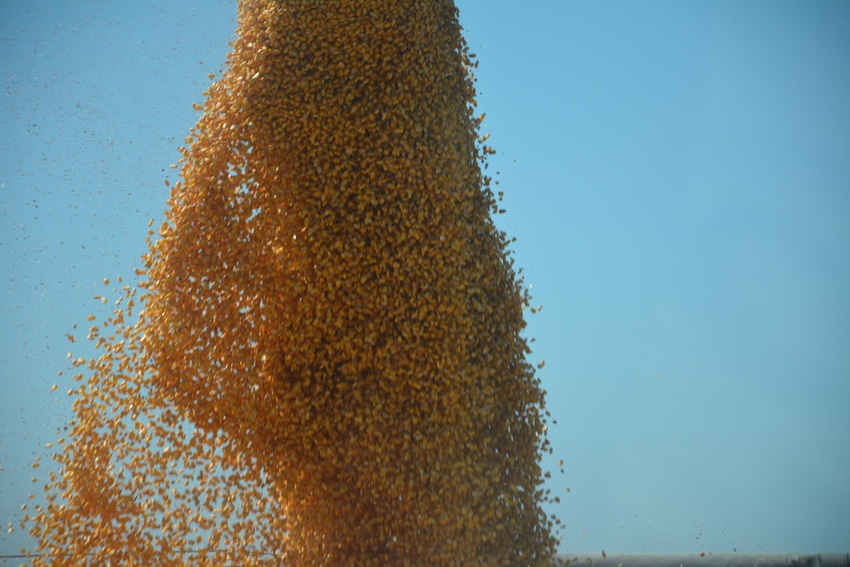
Global currency, bond, equity and commodity markets are in a corrective period, going through a period of realignment or rebalancing.
On February 27, 2018, U.S. Federal Reserve Chairman Jerome H. Powell, delivered the Fed’s Semiannual Monetary Policy Report before the Committee on Financial Services, U.S. House of Representatives, Washington, D.C., and on March 1, 2018, Chairman Powell submitted identical remarks to the Committee on Banking, Housing, and Urban Affairs, U.S. Senate.
My interpretation of the Fed Chairman’s comments is that global fiscal, monetary, trade and regulatory policy objectives are presently achieving their goals of placing global growth on a course of a multi-year period for continued sustained growth.
As long as these global growth objectives are being achieved on a periodic basis, currency, bond, equity and commodity markets will need to realign or correct. During corrective periods, market volatility will be exceptionally strong and prove unnerving, causing market participants to second guess their positions.
Haven’t markets always gone through corrective periods? The answer is they always have and always will, but the strength and possible aggressive nature of the move may be much more violent, creating interesting challenges and uncertainties for risk managers.
Limited Market Volatility
Over the past year, market volatility has been almost nonexistent in the equity market. Why? Stimulative global growth was highly successful in meeting many of its market global, growth, currency, interest, equity, and commodity objectives.
The Fed Chairman indicated three, possibly four, interest rate hikes in 2018. The Fed is also committed to reducing the size of the balance sheet. If success is met in achieving these goals, both the short and long end of the yield curve should rise.
Looking at the week ahead
U.S. Dollar Index: The trend in the U.S. Dollar Index remains down. For the past 6 weeks the dollar has been basically consolidating by moving sideways before continuing on its likely slow journey sideways-to-down, possibly to 78.
10-Year US Treasury Yield: If the S&P 500 revisits previous lows or makes a deeper 15 to 20 percent correction, the 10-Year U.S. Treasury yield would likely turn bullish with a lower yield for a period. A further rise in the yield will increasingly become dangerously problematic for global growth.
S&P 500: The trend in this market remains up, but I assume this correction is not complete; therefore, I anticipate this market will do one of the following: a) further correct in time by simply moving sideways for multiple weeks; b) retest its previous low or lower with a possible total 15 percent to 20 percent decline or correction.
CRB Index: Assume a possible retest of the previous low or lower; also assume the possibility of a deeper global equity correction over the next 3 to 6 weeks, which would likely weigh heavy on commodity prices in general. Since I am bullish global growth, for numerous reasons I am bullish demand for commodities globally as the year progresses.
$WTIC Light Crude Oil: This market is defining a new trading range with a near term price floor of $60. An interesting array of factors from fundamentals, to global policy drivers, to social, economic, political, and military uncertainties keep this market at elevated levels, and they do not appear to be losing their influence on this market anytime soon.
Soybeans, Corn and Wheat: Bottom line — 2018 is likely a good year for grain and cotton prices. That said, I expect these markets have or are topping for a while. If we end the week higher in any of these markets, I will reassess a more prolonged bullish scenario.
Long Grain Rice: At these price levels, old crop long grain rice needs a new demand source for additional sustained price strength, and September futures likely have more weakness than strength as market participants digest the potential of a significant expansion of 2018 U.S. long grain rice planted acres.
Cotton: Cotton prices still appear to be in a slow grind to the upside, but current price levels need to hold.
Bobby Coats is a professor in the Department of Agricultural Economics and Agribusiness, University of Arkansas System, Division of Agriculture, Cooperative Extension Service. E-mail: [email protected].
Download Slide Show for charts and expanded details, Click Download Link
DISCLAIMER-FOR-EDUCATIONAL-PURPOSES
About the Author(s)
You May Also Like




